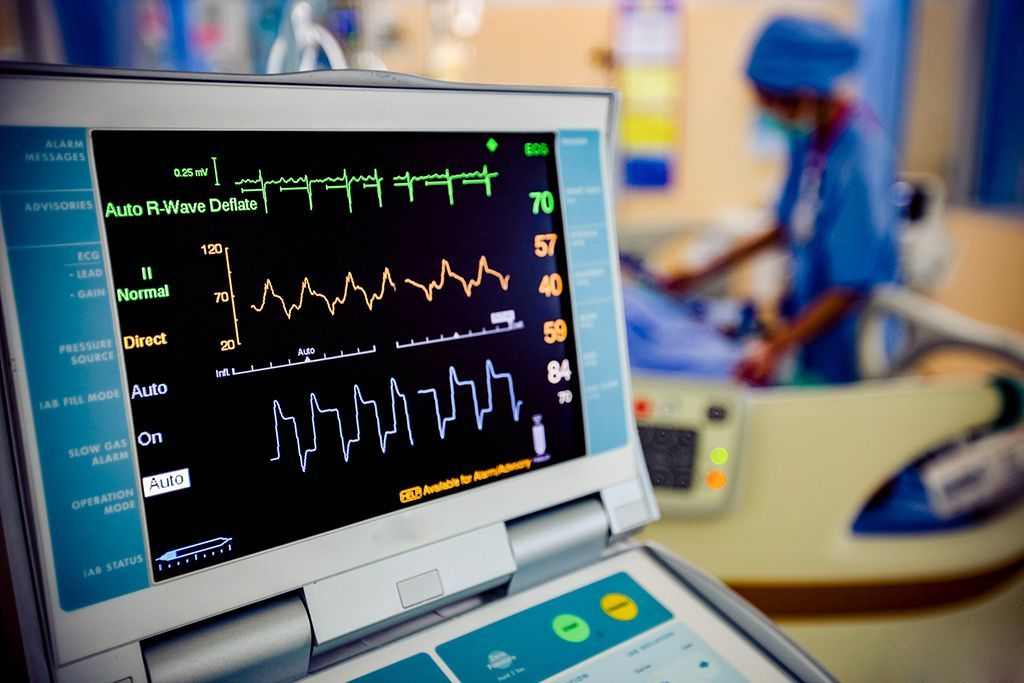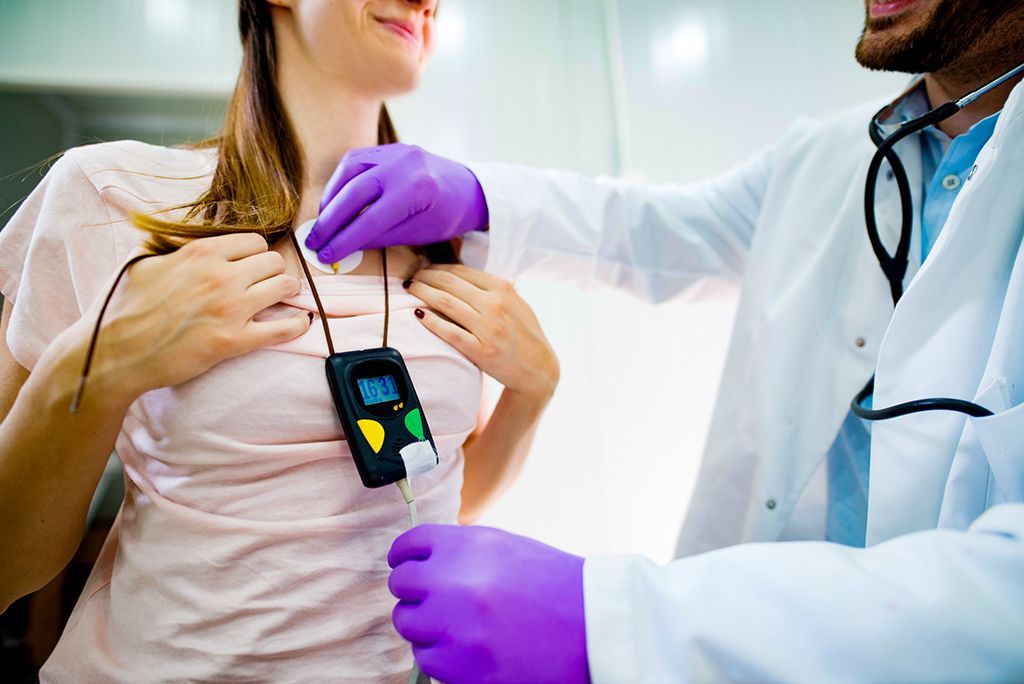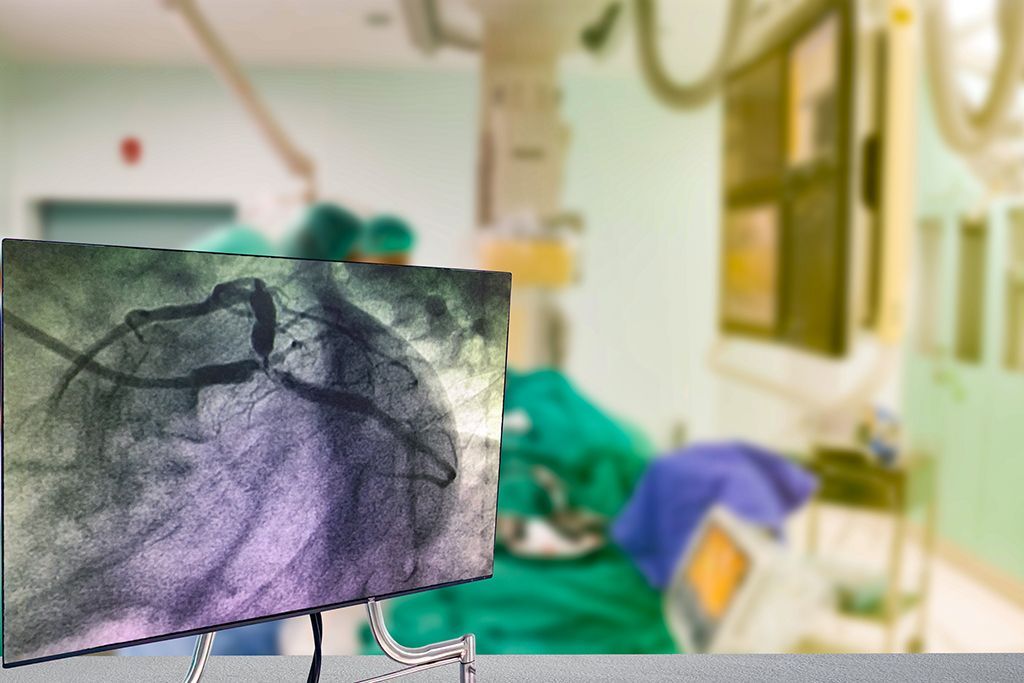HCM All Hearts Diagnostic Tools
EKG

An electrocardiogram, or ECG/EKG, measures the heart's electrical activity.
An electrical impulse causes each heartbeat. This pumps blood to the body. After the impulse, the heart relaxes to refill with blood. EKGs are a common and painless test that records the heart's electrical impulses. They can detect many heart problems.
From the EKG, a doctor can tell whether heartbeats are regular or irregular, too slow or too fast. They can also tell whether the electric impulses are blocked somewhere in the heart. With the help of an EKG, a doctor can often see if certain parts of the heart are too large or overworked. An EKG can point to conditions like blocked or narrow heart arteries or previous heart attacks. EKGs are part of the normal evaluation in most visits to a cardiologist.
Citations:
American Heart Association. (2015, July 31). Electrocardiogram (ECG or EKG). Retrieved October 02, 2020, from https://www.heart.org/en/health-topics/heart-attack/diagnosing-a-heart-attack/electrocardiogram-ecg-or-ekg
Mayo Clinic. (2020, April 9). Electrocardiogram (ECG or EKG). Tests & Procedures. Retrieved October 02, 2020, from https://www.mayoclinic.org/tests-procedures/ekg/about/pac-20384983
Price, D. (2010, May). How to read an Electrocardiogram (ECG). Part One: Basic principles of the ECG. The normal ECG. 1. http://www.southsudanmedicaljournal.com/archive/may-2010/how-to-read-an-electrocardiogram-ecg.-part-one-basic-principles-of-the-ecg.-the-normal-ecg.html#:~:text=Normal%20intervals&text=Normal%20range%20120%20%E2%80%93%20200%20ms,small%20squares%20on%20ECG%
Related Diagnostic Tools

 Translate
Translate













